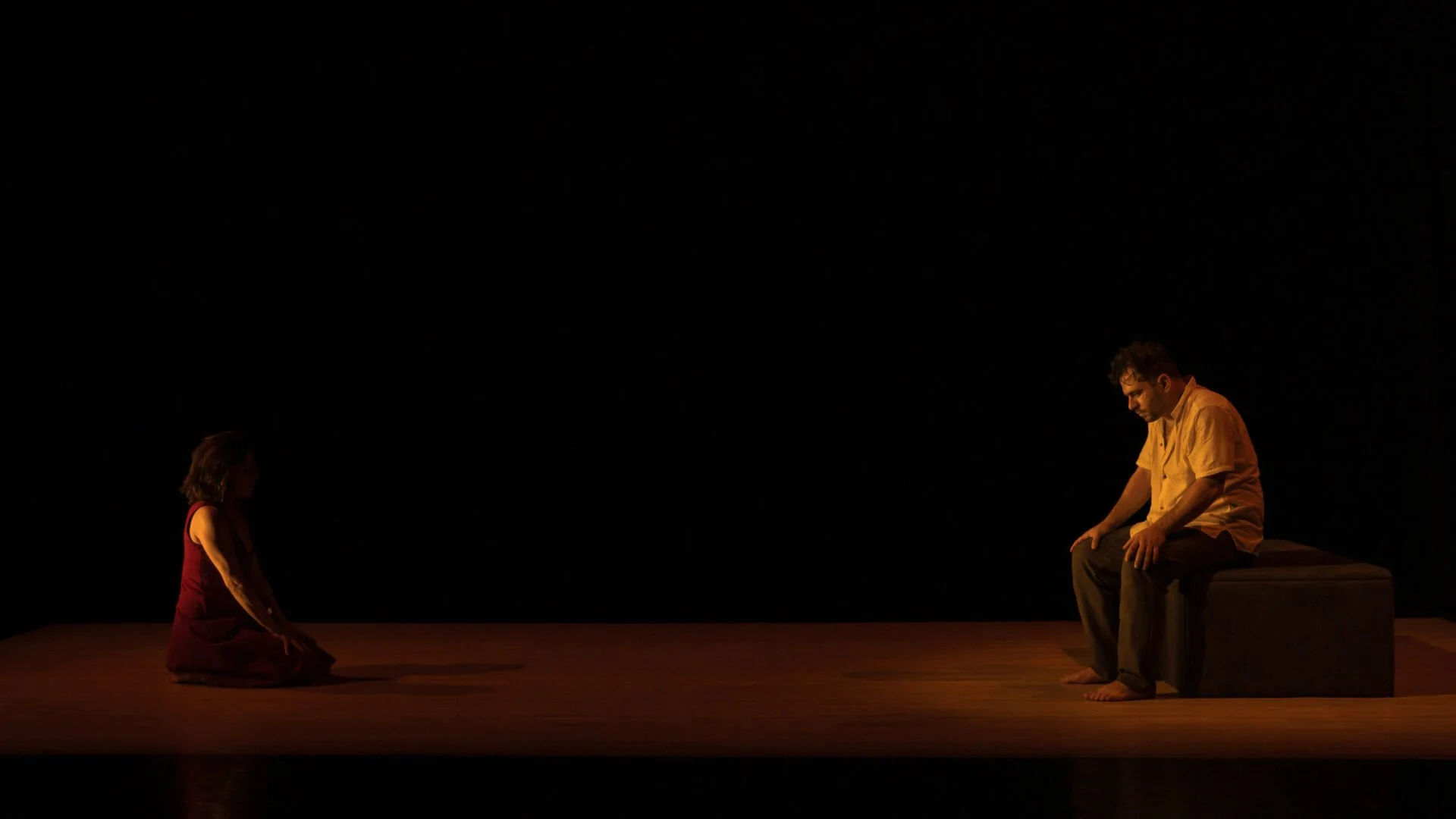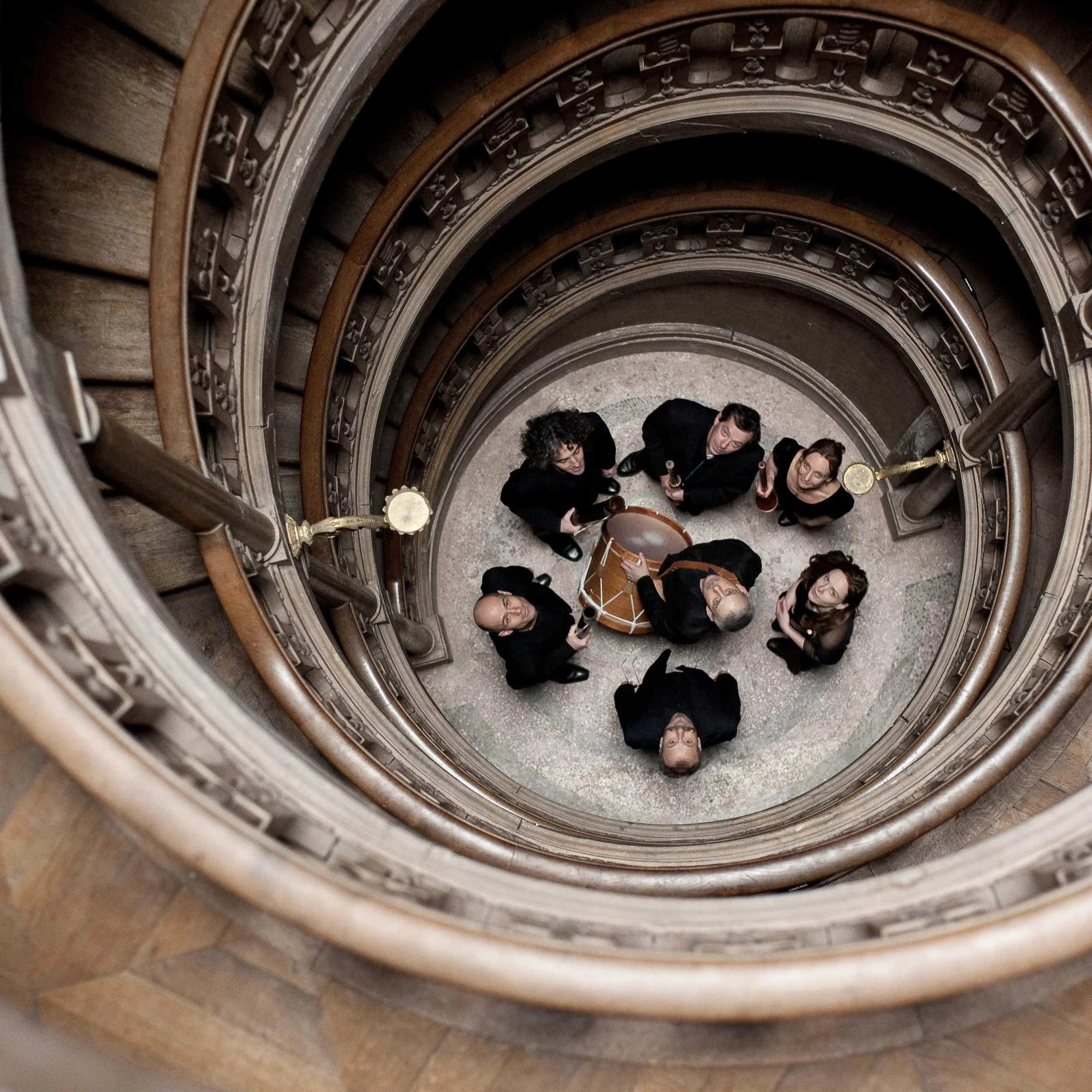Dance review: Spanish flamenco sensation Rocío Molina thrills a crowd and bares her soul with Caída del Cielo
Hypnotic serenity, adrenaline highs, pummelling feet, and piercing stares
Rocío Molina plays with gender roles and the tropes of flamenco.
DanceHouse, SFU Woodward’s, and the Vancouver International Flamenco Festival present Compagnia Rocío Molina’s Caída del Cielo at the Fei and Milton Wong Experimental Theatre to September 30
BY THE TIME the extended standing ovation for Compagnia Rocío Molina’s Caída del Cielo ended last night, it looked like the stage had been struck by a cyclone—crushed grapes, purply streaks of paint, discarded clothes, and trampled flower petals covered the white floor. In a way, the theatre had: Spanish flamenco star Molina has created a whirlwind of excitement on the world stage. The final aftermath was a perfect metaphor for the mess of life, something the Andalucia-born star explores with a fearless, unfiltered intensity.
The show swung from hypnotic serenity to adrenaline highs. Things opened with moonlit imagery of near stillness, Molina holding the crowd rapt with a slow turn of a raised wrist. That eventually gave way to thunderous footwork and palmas whose rhythms were as physically pummelling as they were dizzyingly complex. Accompanied by her top-flight band—including an exquisite, otherworldly cantaor (Kiko Peña)—the virtuosic bailaora kept the audience spellbound for 90 minutes, giving everything she had.
And then gave more.
If you can get your hands on a ticket, do it now.
What’s most stunning about the journey Molina takes you on in her often surreal vignettes is how deep and multilayered the meanings are. These are not empty fireworks.
True to the show’s title, which translates as Fallen From Heaven, the imagery can often be read as biblical. Sometimes the references are fun, such as when a bag of chips becomes forbidden fruit, and other times they are deeply moving, such as when a musician gently washes Molina’s feet in a bowl.
Caída del Cielo also plays with gender roles, both inside and outside of flamenco, in sophisticated ways, whether Molina is cavorting in a modified matador outfit or slithering naked out of a long, ruffly skirt. And other sequences reach eerily into the surreal, whether she’s leaning preternaturally off-axis in an ethereal white gown, or dragging blood-red paint around the floor in a plastic bata de cola—later pulling it up between her squatting legs like afterbirth.
And then there are the multiple ways that Molina both pays homage to and upends flamenco itself. That happens when an electric guitar screeches through the traditional percussion and acoustic guitar onstage, or when she dons Spandex and kneepads instead of frilly skirts. Still, there is also more than enough here to please die-hard flamenco purists: to her credit, the artist includes plenty of moments that evoke the one-upmanship of the tablao, making her BFF musicians crack smiles as she tries to catch them up on precariously frozen beats. Often she kicks off traditional flamenco shoes and stamps the floor into submission barefoot. A recurring motif is falling—meaningful from an artist unafraid to contrast human imperfection with flawless technique.
But moving all of those compelling levels of enjoyment aside, there is just the sheer exhilaration of witnessing a honed star push the limits of time, with not just breakneck footwork but body percussion—then watching her stop short and hold the crowd with a piercing stare. Molina unleashes a range of emotions and personas, from the childlike to the bawdy to goddesslike and farcically free-spirited. It’s a thrill to watch her fearlessly bare her soul as a woman and as an artist—and to rise, free, out of the chaos.














